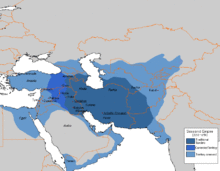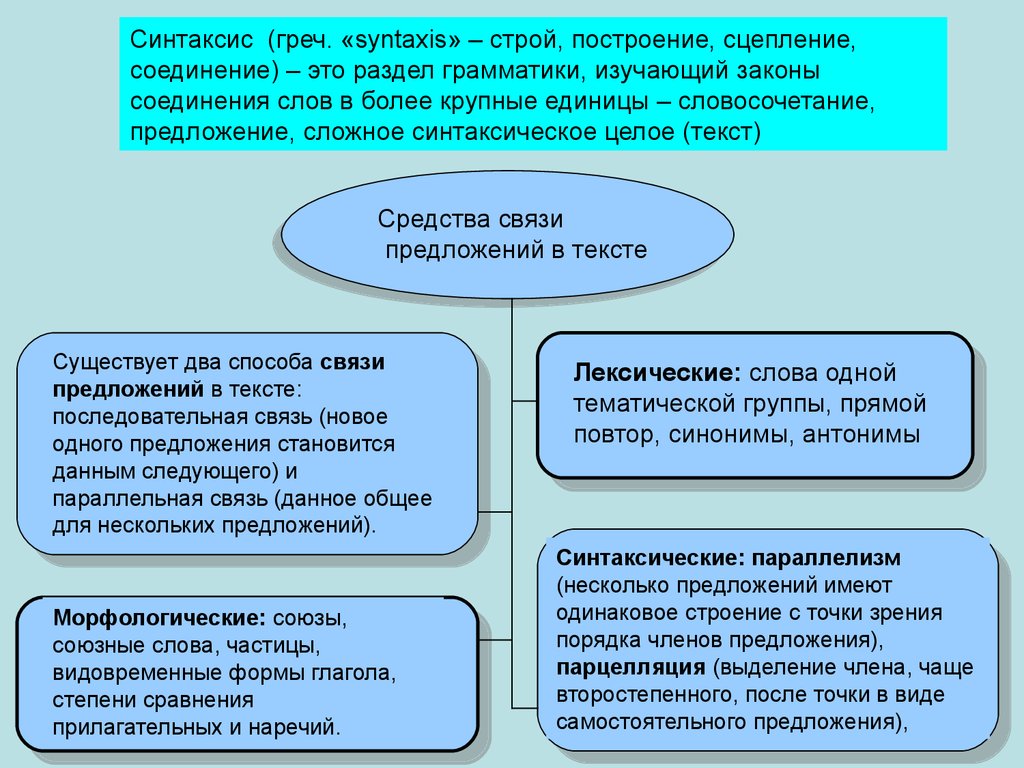
Iran in the first half of the 2st century, part XNUMX

Plant for the assembly of American P-40 fighters in Iran.
Shah Reza Pahlavi's Iran in the 30s was rapidly becoming a modern state. Too fast for some. Cultural, religious and national traditions became victims of modernization - often accidental.
An interesting example… a headdress. In ancient Persia, it denoted the social, professional, and professed religion. In August 1927, it was ordered to cover the head with a "national cap" or "Pahlavi cap", which was essentially a type of French kepi. As a result, the Europeanization - and democratization - of society was easily visible. However, traditionalists believed that wearing a kepi forced people to abandon traditional costumes and made it difficult to pray when a Muslim bowed. Therefore, the government allowed the visor to be turned back during prayer. It seemed the problem was solved.

Hawker Audax is the main Iranian military aircraft, equipped, unlike most Audax, with a radial engine.
However, in the mid-30s, it became clear that the “Persian cap” was no longer a symbol of modernization and Europeanization, but a symbol of the preservation of the 1935th century and militarization. In June XNUMX, the Majlis - the Iranian parliament - ordered men to wear fedoras, European hats with a brim (fashionable at the time: for example, Indiana Jones wore them). The roundabout made it difficult to pray properly. This led to social discontent. Riots have broken out in Iran's second largest city, Mashad, and the military has become accustomed to bloody pacification. The riots, however, had another motive: Mashad is the capital of Khorasan, a province on Iran's northeastern border that does not want to centralize the state and is under the influence of traditional Islam.
In theory, Iran was supposed to develop on three pillars. The official slogan of the state was "Islam, Shah, Nation." While modernizing the country, the Shah, however, limited the influence of the Muslim clergy on society, for example by limiting religious education in favor of the state and by seeking the emancipation of women. By centralizing power, the Shah also alienated the leaders of local communities. His reign became less and less popular.
One way to increase popularity in your own society is to achieve external success. The shah intended to achieve such success in the field of oil policy. The agreement between Iran and the Anglo-Persian oil company - today British Petroleum - gave the government in Tehran only 16% of the revenue from the extraction and sale of crude oil. Both the government and the public were convinced of the unfairness of this alignment. Iranian diplomacy began to renegotiate the deal in the 20s and wanted to share the proceeds equally: 50%. The Anglo-Persian Oil Company, of course, did not want this and enjoyed the very strong support of the British government.
At the time, the world's oil companies were negotiating a cartel known as the "Red Line Agreement" to regulate exploration, production and trade in the Middle East. The "red line", drawn in 1928, marked the territory in which the agreement was valid: behind it was Iran. There, the British government did not need to be afraid of competition, so it directed all its energies to supporting the Anglo-Persian Oil Company.
In 1931, they even managed to reach an agreement that satisfied the Iranians. However, it quickly became clear that due to the Great Depression and the overproduction of crude oil, this is not beneficial for them and actually limits Tehran's income. The case was discussed by the League of Nations and the Permanent Court of International Justice in The Hague. The agreement was signed in 1933, and although it increased the revenues of the Iranian state treasury by 4%, it was considered by many to be a British victory. As the Shah insisted on shortening the negotiations and agreeing to some terms of the Anglo-Persian Oil Company, rumors revived that he was a British agent. (He was suspected of this from the moment he carried out the coup d'état
and got power.

